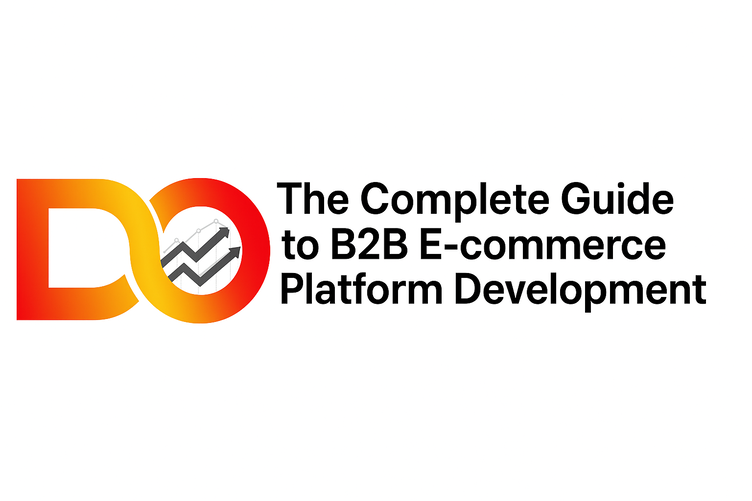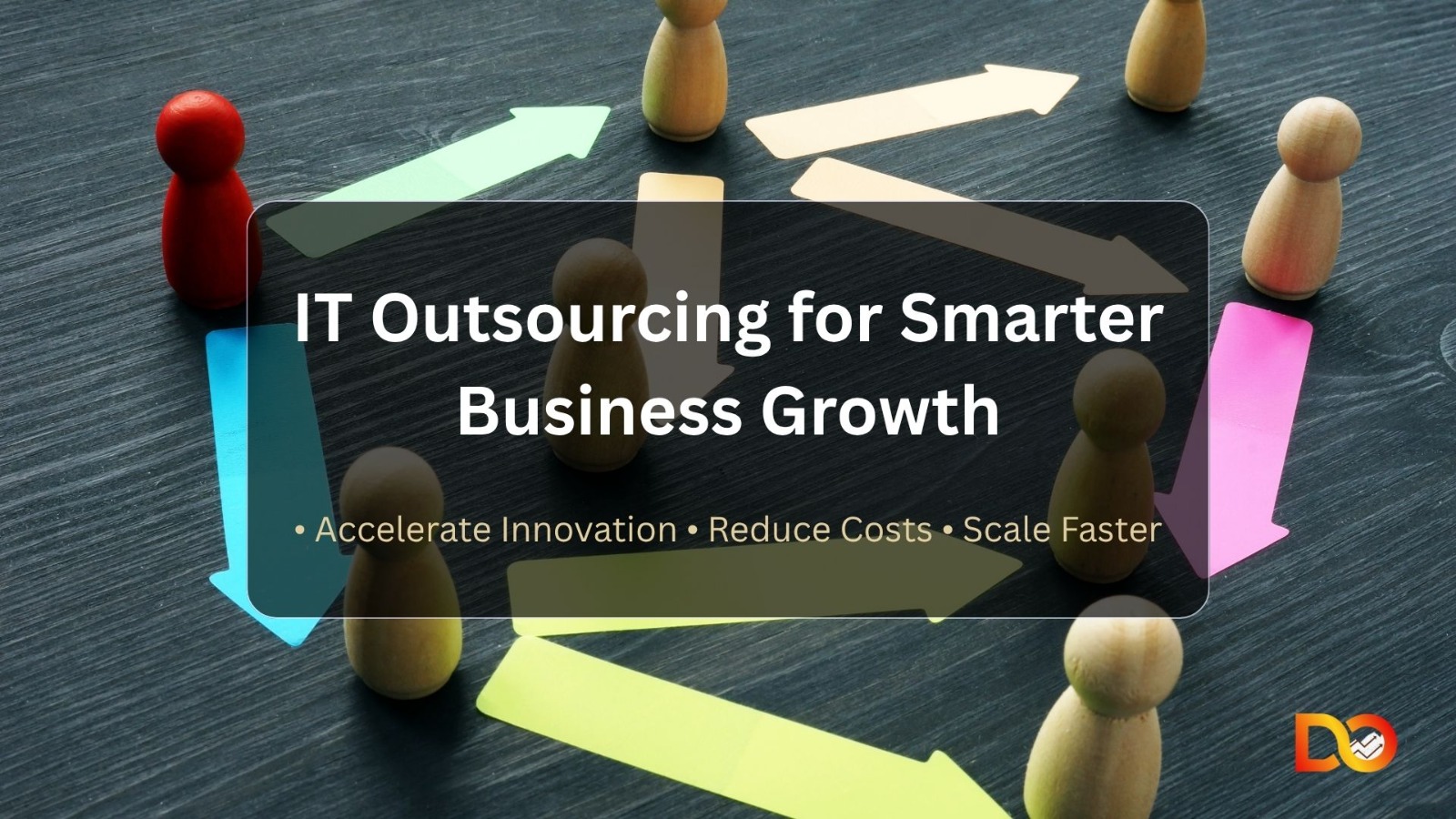Introduction: Why B2B E-commerce Platform Success Matters More Than Ever
In today’s digital-first business environment, choosing the right b2b ecommerce platform can make the difference between explosive growth and stagnant sales. Whether you’re evaluating coste commerce website options or planning comprehensive websitewebshops ontwikkeling, understanding the technical and financial landscape is crucial for your business success.
This complete guide covers everything from programmierungontwikkeling website requirements to practical strategies for makenonlineshop development that drives real results. We’ll explore the costs, technologies, and best practices that separate successful B2B e-commerce implementations from expensive failures.
Understanding B2B E-commerce Platform Fundamentals
What Makes a B2B E-commerce Platform Different?
A b2b ecommerce platform serves fundamentally different needs than consumer-focused solutions. While B2C platforms prioritize individual shopping experiences, B2B systems must handle complex pricing structures, bulk ordering, approval workflows, and integration with existing business systems.
Key characteristics of effective b2b ecommerce platform solutions include:
- Multi-tier pricing: Different pricing for different customer segments
- Bulk order management: Handling large quantity purchases and custom quotes
- Account-based access: Role-based permissions and company-specific catalogs
- ERP integration: Seamless connection with existing business systems
- Advanced analytics: Detailed reporting for B2B sales patterns and trends
The Evolution of B2B E-commerce Platform Technology
Modern b2b ecommerce platform development has evolved significantly from basic catalog websites. Today’s solutions leverage cloud-native architectures, API-first designs, and mobile-responsive interfaces that work seamlessly across all devices and business contexts.
B2B E-commerce Platform Cost Analysis: What to Expect
Understanding Coste Commerce Website Factors
When evaluating coste commerce website options, businesses often focus only on initial development costs while overlooking long-term expenses. A comprehensive coste commerce website analysis should include:
Initial Development Costs:
- Platform licensing or subscription fees
- Custom development and configuration
- Third-party integrations and APIs
- Design and user experience optimization
- Testing and quality assurance
Ongoing Operational Costs:
- Monthly hosting and infrastructure fees
- Security updates and maintenance
- Feature enhancements and customizations
- Technical support and troubleshooting
- Marketing and customer acquisition
Typical Coste Commerce Website Ranges by Platform Type
Budget-Friendly Options ($5,000 – $25,000): Template-based solutions with basic customization can provide entry-level b2b ecommerce platform functionality. However, these often lack the sophisticated features required for complex B2B operations.
Mid-Range Solutions ($25,000 – $100,000): Semi-custom platforms that balance coste commerce website concerns with functionality. These solutions typically offer good integration capabilities and can grow with your business needs.
Enterprise Solutions ($100,000+): Fully custom b2b ecommerce platform solutions with advanced features, unlimited customization, and enterprise-grade security and performance.
Hidden Coste Commerce Website Factors
Many businesses underestimate the true coste commerce website by overlooking:
- Data migration from existing systems
- Staff training and change management
- Mobile optimization and responsive design
- SEO optimization and digital marketing setup
- Compliance with industry regulations and security standards
Programming and Development: The Technical Foundation
Programmierungontwikkeling Website: Modern Technology Stacks
Successful programmierungontwikkeling website projects for B2B e-commerce require careful technology selection. The most effective programmierungontwikkeling website approaches leverage modern, scalable technologies that can grow with your business.
Frontend Technologies for Programmierungontwikkeling Website:
- React.js: Component-based architecture for dynamic user interfaces
- Vue.js: Progressive framework ideal for incremental adoption
- Angular: Enterprise-grade framework for complex applications
- Next.js: Server-side rendering for improved performance and SEO
Backend Technologies for Programmierungontwikkeling Website:
- Node.js: JavaScript runtime for unified frontend/backend development
- Python (Django/Flask): Rapid development with strong data handling
- Java (Spring Boot): Enterprise-grade solutions with robust security
- PHP (Laravel): Cost-effective development with extensive ecosystem
- .NET Core: Microsoft’s cross-platform enterprise solution
Database and Infrastructure for Programmierungontwikkeling Website
Modern programmierungontwikkeling website projects require robust data management:
Database Options:
- PostgreSQL: Advanced relational database with JSON support
- MongoDB: Document database for flexible data structures
- MySQL: Reliable and widely-supported relational database
- Redis: In-memory caching for improved performance
Cloud Infrastructure:
- AWS: Comprehensive cloud services with global reach
- Microsoft Azure: Enterprise-focused cloud platform
- Google Cloud Platform: Advanced analytics and machine learning capabilities
- DigitalOcean: Developer-friendly cloud infrastructure
Security Considerations in Programmierungontwikkeling Website
B2B programmierungontwikkeling website projects must prioritize security:
- SSL/TLS encryption for all data transmission
- PCI DSS compliance for payment processing
- Regular security audits and penetration testing
- Multi-factor authentication and role-based access control
- GDPR and data privacy compliance measures
Creating Your Online Shop: Makenonlineshop Best Practices
Strategic Planning for Makenonlineshop Success
Before diving into makenonlineshop development, successful projects start with comprehensive planning. The makenonlineshop process should begin with clear business objectives, target audience analysis, and competitive research.
Essential Makenonlineshop Planning Steps:
- Market Research: Understanding your B2B customers’ online shopping behaviors
- Feature Requirements: Defining must-have vs. nice-to-have functionality
- Integration Needs: Identifying existing systems that must connect
- Performance Goals: Setting measurable targets for speed, conversion, and user satisfaction
- Budget Allocation: Realistic cost planning for the entire makenonlineshop project
User Experience Design for Makenonlineshop Projects
B2B customers have different expectations than consumers when they makenonlineshop decisions. Professional buyers value efficiency, detailed product information, and streamlined purchasing processes over flashy design elements.
Key UX Principles for Makenonlineshop Development:
- Fast Product Discovery: Advanced search and filtering capabilities
- Detailed Product Information: Technical specifications, compatibility data, and documentation
- Streamlined Checkout: Minimizing steps while maintaining security
- Account Management: Easy access to order history, invoices, and account settings
- Mobile Optimization: Ensuring functionality across all devices
Technical Architecture for Makenonlineshop Solutions
Modern makenonlineshop projects benefit from microservices architecture that separates different business functions into independent, scalable services.
Core Services in Makenonlineshop Architecture:
- Product Catalog Service: Managing inventory and product information
- User Management Service: Authentication, authorization, and account management
- Order Processing Service: Cart functionality, checkout, and order fulfillment
- Payment Service: Secure payment processing and financial transactions
- Analytics Service: Tracking user behavior and business metrics
Website and Webshop Development: Websitewebshops Ontwikkeling
Comprehensive Websitewebshops Ontwikkeling Approach
Successful websitewebshops ontwikkeling requires a holistic approach that considers both the marketing website and e-commerce functionality as integrated components of your digital presence.
Integrated Websitewebshops Ontwikkeling Benefits:
- Consistent Branding: Unified visual identity across all digital touchpoints
- SEO Optimization: Coordinated content strategy for better search rankings
- User Journey Optimization: Seamless transition from marketing to purchase
- Technical Efficiency: Shared infrastructure and maintenance processes
- Analytics Integration: Comprehensive tracking of the entire customer journey
Content Management in Websitewebshops Ontwikkeling
Modern websitewebshops ontwikkeling projects require flexible content management systems that can handle both marketing content and product catalogs.
CMS Options for Websitewebshops Ontwikkeling:
- Headless CMS: Separated content management with API delivery
- Traditional CMS: Integrated content and presentation layers
- Hybrid Approaches: Combining headless flexibility with traditional ease-of-use
Performance Optimization in Websitewebshops Ontwikkeling
B2B customers expect fast, reliable websites. Effective websitewebshops ontwikkeling includes performance optimization from the ground up.
Performance Strategies for Websitewebshops Ontwikkeling:
- CDN Implementation: Global content delivery for faster loading times
- Image Optimization: Compressed, responsive images that maintain quality
- Caching Strategies: Server-side and browser-side caching for improved speed
- Database Optimization: Efficient queries and indexing for large product catalogs
- Mobile Performance: Optimized loading and interaction on mobile devices
Integration and Third-Party Services
ERP and CRM Integration
Most B2B businesses already have existing systems for managing customer relationships and business processes. Successful b2b ecommerce platform implementations integrate seamlessly with these existing tools.
Common Integration Requirements:
- ERP Systems: SAP, Oracle, NetSuite, Microsoft Dynamics
- CRM Platforms: Salesforce, HubSpot, Microsoft Dynamics CRM
- Inventory Management: Real-time stock level synchronization
- Accounting Software: Automated invoice generation and financial reporting
- Shipping Systems: Integrated logistics and tracking functionality
Payment Processing for B2B E-commerce
B2B payment processing differs significantly from consumer transactions. When you makenonlineshop for business customers, payment flexibility becomes crucial.
B2B Payment Options:
- Credit Terms: Net 30, 60, or 90-day payment arrangements
- Purchase Orders: Integration with procurement systems
- Credit Card Processing: For immediate payments and smaller orders
- ACH/Bank Transfers: For large transactions and international payments
- Multiple Currency Support: For global B2B operations
Mobile Optimization and Responsive Design
Mobile-First B2B E-commerce
While B2B purchasing decisions often happen at desks, mobile research and preliminary shopping are increasingly common. Modern websitewebshops ontwikkeling must prioritize mobile experiences.
Mobile Optimization Strategies:
- Responsive Design: Fluid layouts that adapt to any screen size
- Touch-Friendly Interfaces: Large buttons and easy navigation
- Fast Mobile Loading: Optimized images and minimal unnecessary content
- Mobile-Specific Features: Click-to-call, location services, and mobile payments
- Progressive Web Apps: App-like experiences without requiring downloads
SEO and Digital Marketing for B2B E-commerce
Search Engine Optimization Strategy
B2B customers often begin their purchasing journey with search engines. Effective b2b ecommerce platform development includes SEO optimization from day one.
Technical SEO for B2B E-commerce:
- Site Structure: Logical navigation and URL hierarchy
- Schema Markup: Rich snippets for products and business information
- Page Speed: Fast loading times for better rankings
- Mobile Optimization: Mobile-first indexing compliance
- Security: HTTPS encryption and secure browsing
Content SEO for B2B E-commerce:
- Product Descriptions: Detailed, technical content that buyers need
- Category Pages: Comprehensive landing pages for product groups
- Technical Resources: Whitepapers, guides, and educational content
- Blog Content: Industry insights and thought leadership
- Local SEO: For businesses serving specific geographic regions
Digital Marketing Integration
Your b2b ecommerce platform should integrate with digital marketing tools to support lead generation and customer acquisition.
Marketing Tool Integration:
- Email Marketing: Automated campaigns based on user behavior
- Marketing Automation: Lead nurturing and customer lifecycle management
- Analytics: Comprehensive tracking of marketing effectiveness
- Social Media: Integration with professional networks like LinkedIn
- Paid Advertising: Tracking and optimization for PPC campaigns
Security and Compliance
Data Security in B2B E-commerce
B2B transactions often involve sensitive business information and large financial amounts. Security must be built into every aspect of your programmierungontwikkeling website project.
Essential Security Measures:
- Data Encryption: Both in transit and at rest
- Access Control: Role-based permissions and multi-factor authentication
- Regular Security Audits: Penetration testing and vulnerability assessments
- Compliance Monitoring: Ongoing adherence to relevant regulations
- Backup and Recovery: Comprehensive disaster recovery planning
Regulatory Compliance
Different industries have specific compliance requirements that must be considered during websitewebshops ontwikkeling.
Common Compliance Standards:
- GDPR: European data protection regulations
- CCPA: California consumer privacy requirements
- PCI DSS: Payment card industry security standards
- HIPAA: Healthcare information protection (if applicable)
- SOX: Financial reporting requirements for public companies
Testing and Quality Assurance
Comprehensive Testing Strategy
B2B e-commerce platforms require extensive testing due to their complexity and the high cost of errors in business transactions.
Testing Types for B2B E-commerce:
- Functional Testing: Ensuring all features work as designed
- Performance Testing: Load testing for high-volume usage
- Security Testing: Vulnerability scanning and penetration testing
- Integration Testing: Verifying connections with third-party systems
- User Acceptance Testing: Real-world testing with actual business users
Quality Assurance Process
Effective makenonlineshop projects include quality assurance throughout the development process, not just at the end.
QA Best Practices:
- Automated Testing: Continuous testing throughout development
- Manual Testing: Human review of user experience and edge cases
- Regression Testing: Ensuring new features don’t break existing functionality
- Cross-Browser Testing: Compatibility across different browsers and devices
- Accessibility Testing: Ensuring compliance with accessibility standards
Launch and Post-Launch Optimization
Go-Live Strategy
Launching a b2b ecommerce platform requires careful planning to minimize business disruption and ensure smooth transition from existing systems.
Launch Planning Checklist:
- Data Migration: Complete and verified transfer of existing data
- Staff Training: Comprehensive training for all users
- Customer Communication: Clear communication about new system benefits
- Support Systems: Help desk and troubleshooting resources ready
- Rollback Plan: Ability to revert if critical issues arise
Ongoing Optimization
The launch of your websitewebshops ontwikkeling project is just the beginning. Continuous optimization drives long-term success.
Post-Launch Optimization Areas:
- Performance Monitoring: Regular tracking of speed and reliability
- User Behavior Analysis: Understanding how customers use the platform
- Conversion Rate Optimization: Testing and improving purchase processes
- Feature Enhancement: Adding new capabilities based on user feedback
- Security Updates: Ongoing maintenance and security patches
Measuring Success and ROI
Key Performance Indicators
Successful b2b ecommerce platform implementations require clear metrics to measure success and guide ongoing improvements.
Essential B2B E-commerce KPIs:
- Conversion Rate: Percentage of visitors who complete purchases
- Average Order Value: Mean transaction amount
- Customer Lifetime Value: Long-term revenue per customer
- User Engagement: Time on site, pages per session, return visits
- System Performance: Page load times, uptime, error rates
ROI Calculation
Understanding the return on investment helps justify the coste commerce website and plan for future enhancements.
ROI Factors to Consider:
- Increased Sales: Revenue growth attributed to the new platform
- Operational Efficiency: Reduced manual processing and administrative costs
- Customer Acquisition: New customers gained through improved online presence
- Customer Retention: Improved satisfaction and repeat business
- Market Expansion: Access to new markets and customer segments
Conclusion: Making the Right Choice for Your B2B E-commerce Platform
Choosing the right b2b ecommerce platform and managing the coste commerce website effectively requires careful consideration of your specific business needs, technical requirements, and long-term goals. Whether you’re focused on programmierungontwikkeling website technical excellence or comprehensive websitewebshops ontwikkeling, success depends on thorough planning, skilled execution, and ongoing optimization.
The decision to makenonlineshop for your B2B business is ultimately about creating competitive advantage through superior customer experiences and operational efficiency. By following the strategies and best practices outlined in this guide, you can navigate the complex landscape of B2B e-commerce development and create a platform that drives real business results.
Remember that your b2b ecommerce platform is not just a technology solution—it’s a strategic business tool that can transform how you serve customers, manage operations, and grow your business in the digital economy.
Ready to start your B2B e-commerce platform project? Contact our experts for a consultation on development costs, technical requirements, and strategic planning for your online business transformation.







